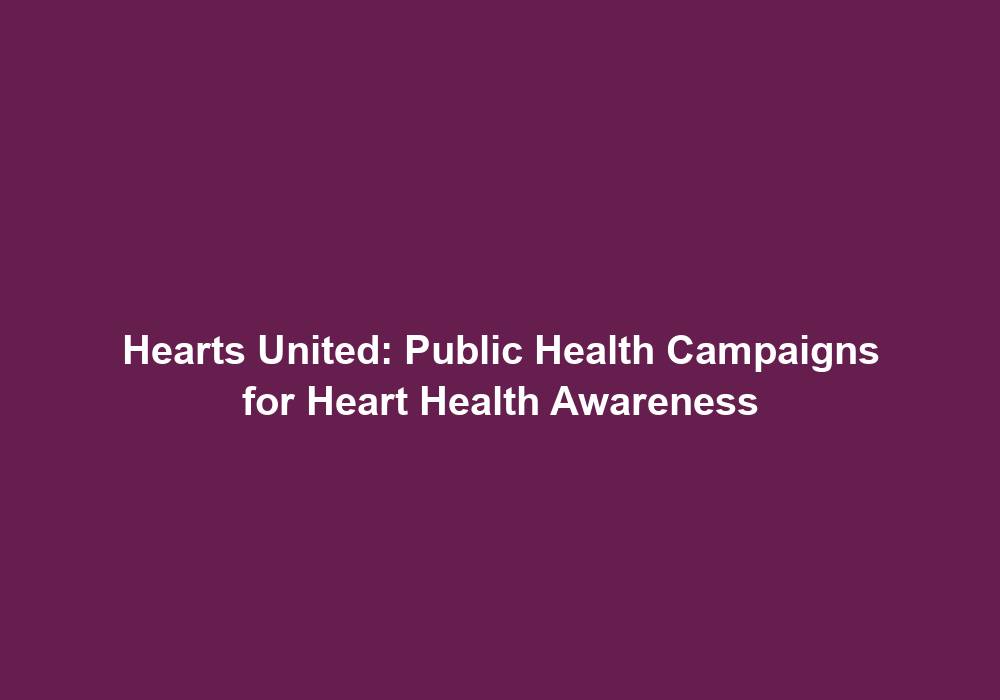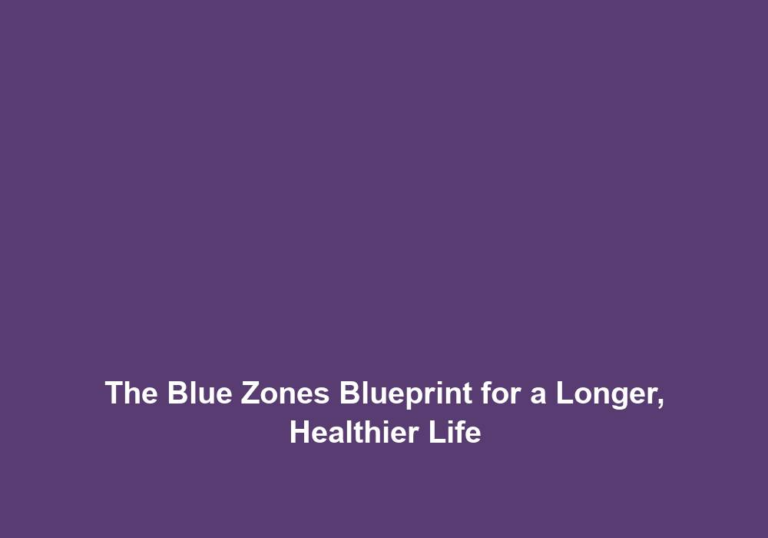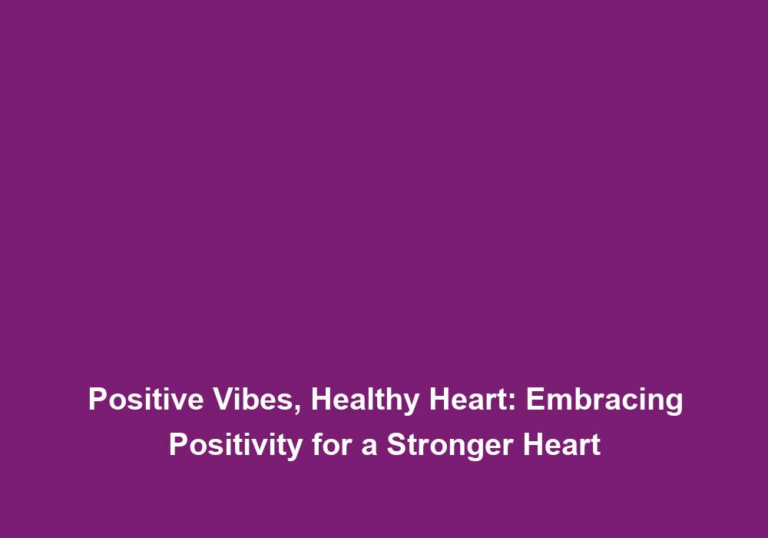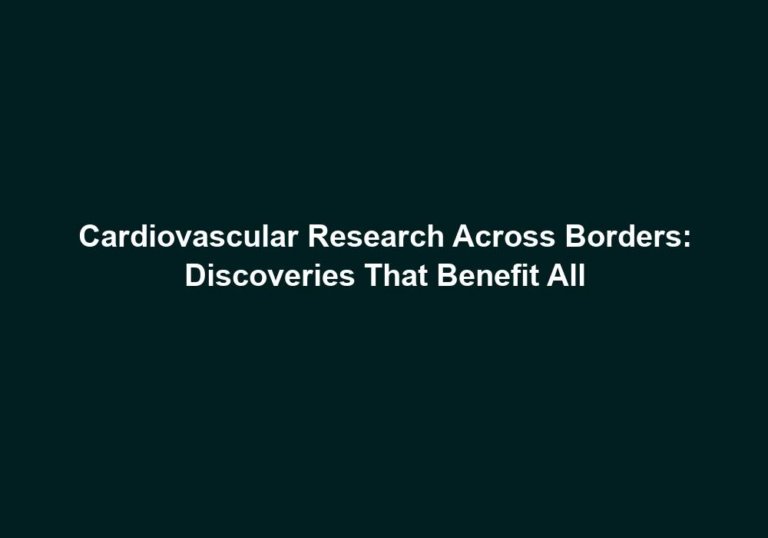Hearts United: Public Health Campaigns for Heart Health Awareness
Heart health is a critical aspect of overall well-being, and public health campaigns play a vital role in raising awareness and promoting healthy habits. These initiatives aim to educate and empower individuals, communities, and organizations to make informed choices that reduce the risk of cardiovascular diseases. In this article, we will explore the significance of public health campaigns for heart health awareness and how they contribute to creating a healthier society.
The Importance of Heart Health Awareness
Heart diseases, including coronary artery disease, heart attacks, and stroke, are the leading causes of death worldwide. However, many of these conditions can be prevented or managed effectively through early detection, lifestyle modifications, and proper medical care. Unfortunately, a lack of awareness about heart health and its associated risk factors often leads to delayed intervention and unfavorable outcomes.
Public health campaigns for heart health awareness aim to bridge this gap by providing essential information, strategies, and resources to individuals and communities. By promoting knowledge about heart disease risk factors, symptoms, and preventive measures, these initiatives empower people to make informed decisions that positively impact their heart health.
Objectives of Public Health Campaigns for Heart Health Awareness
Public health campaigns for heart health awareness typically have the following objectives:
- Educating the Public
One of the primary goals of these campaigns is to educate the public about the significance of heart health. By disseminating accurate information through various channels, such as social media, websites, and community events, campaigns can reach a wide audience and create awareness about preventive measures and early warning signs.
Heart health education campaigns focus on providing comprehensive information about risk factors associated with heart diseases. This includes educating individuals about lifestyle choices that contribute to heart health, such as maintaining a nutritious diet, engaging in regular physical activity, managing stress levels, avoiding tobacco use, limiting alcohol consumption, and prioritizing regular check-ups. By highlighting the importance of these factors, campaigns empower individuals to take proactive steps towards preventing heart diseases.
- Promoting Healthy Lifestyles
Public health campaigns emphasize the importance of adopting healthy behaviors that reduce the risk of heart diseases. These may include regular exercise, maintaining a balanced diet, managing stress, avoiding tobacco use, limiting alcohol consumption, and getting regular check-ups. By promoting these lifestyle modifications, campaigns encourage long-term heart health benefits.
Promoting healthy lifestyles is not limited to individual behavior change. These campaigns also focus on creating supportive environments that facilitate healthy choices. For example, they advocate for the availability and affordability of fresh and nutritious food options in communities, the establishment of safe and accessible spaces for physical activity, and the implementation of workplace wellness programs. By addressing both individual behaviors and environmental factors, public health campaigns create a comprehensive approach to heart health promotion.
- Encouraging Early Detection and Treatment
Early detection of heart diseases greatly increases the chances of successful intervention and management. Public health campaigns stress the importance of recognizing potential symptoms, such as chest pain, shortness of breath, fatigue, and dizziness, and seeking medical help promptly. They also emphasize the significance of routine check-ups and cardiovascular screenings for early disease detection.
To encourage early detection, campaigns provide information on the warning signs of heart diseases and educate individuals about the importance of regular health screenings. They may implement community-based programs that offer free or low-cost screenings to underserved populations. By facilitating early diagnosis, these campaigns contribute to better outcomes and reduce the burden of advanced-stage heart diseases.
- Advocating for Policy Changes
Public health campaigns not only target individuals but also advocate for policy changes at the community or national level. These campaigns strive to influence governments, healthcare organizations, and other stakeholders to implement policies that support heart health, such as increasing access to affordable healthcare, promoting smoke-free environments, and mandating healthier food choices.
Advocating for policy changes involves raising awareness among policymakers and the public about the impact of certain policies on heart health. Campaigns may engage in lobbying efforts, conduct research to support policy recommendations, and collaborate with policymakers to develop evidence-based strategies. By advocating for policy changes, these campaigns aim to create sustainable improvements in heart health at a population level.
Components of an Effective Public Health Campaign
Successful public health campaigns for heart health awareness incorporate various components to maximize their impact. These components may include:
- Targeted Messaging
Campaigns tailor their messages to specific demographics, considering factors like age, gender, culture, and socioeconomic status. By using language and imagery that resonate with the target audience, campaigns can effectively communicate the importance of heart health and inspire action.
To ensure the effectiveness of targeted messaging, campaigns conduct research to understand the preferences and needs of their target audience. They use data-driven insights to create compelling and relatable messages that address the unique challenges and motivations of different population groups. By customizing their messages, campaigns can increase the likelihood of individuals engaging with the campaign and adopting heart-healthy behaviors.
- Engaging Content
Creating engaging content is crucial to capturing the attention of the audience. Campaigns may utilize compelling stories, infographics, videos, and interactive tools to deliver information in an easily understandable and memorable way. By utilizing various media platforms, campaigns can reach a broader audience and maintain their interest over time.
Engaging content goes beyond simply providing information. It aims to evoke emotions, inspire behavior change, and empower individuals to take action. Campaigns leverage storytelling techniques to share personal experiences of individuals affected by heart diseases or individuals who have successfully made positive changes to improve their heart health. Infographics and videos are used to present key information in a visually appealing and easily digestible format. Interactive tools, such as quizzes or calculators, allow individuals to assess their heart health and receive personalized recommendations. By incorporating these elements, campaigns create a dynamic and immersive experience for their audience.
- Collaboration and Partnerships
Public health campaigns often collaborate with various stakeholders, including healthcare professionals, community organizations, schools, and businesses. These partnerships help extend the campaign’s reach and leverage existing resources and networks. By working together, these entities can amplify the campaign’s message and foster a collective effort towards heart health.
Collaborations and partnerships allow public health campaigns to access diverse expertise and resources. For example, campaigns may collaborate with healthcare professionals to provide accurate medical information or offer free health screenings. Community organizations can assist in organizing awareness events and distributing campaign materials. Schools can incorporate heart health education into their curriculum, reaching students and their families. Businesses can support the campaign through sponsorships or workplace wellness programs. By forging these partnerships, campaigns create a united front in promoting heart health and ensure a wider impact within the community.
- Evaluation and Continuous Improvement
Regular evaluation of campaign effectiveness is crucial to understanding its impact and identifying areas for improvement. Collecting data on reach, engagement, and behavioral changes allows campaign organizers to refine their strategies and tactics. By continuously analyzing and adapting their approach, campaigns can maximize their effectiveness and ensure long-term success.
Evaluation involves both quantitative and qualitative methods. Campaigns may analyze data on website traffic, social media engagement, event attendance, and survey responses to assess the reach and impact of their messages. They may also conduct focus groups or interviews to gather feedback from the target audience and understand their perceptions and experiences. This feedback informs campaign organizers about what worked well and what could be improved. By using these insights, campaigns can make data-driven decisions to refine their messaging, outreach strategies, and partnerships, ultimately enhancing their effectiveness in promoting heart health.
Conclusion
Public health campaigns for heart health awareness play a vital role in promoting a healthier society by raising awareness, educating the public, and advocating for policy changes. By emphasizing the importance of heart health, promoting healthy behaviors, encouraging early detection, and collaborating with various stakeholders, these campaigns empower individuals and communities to make informed choices and reduce the burden of cardiovascular diseases. Through targeted messaging, engaging content, and continuous evaluation, public health campaigns can pave the way towards improved heart health for all.







